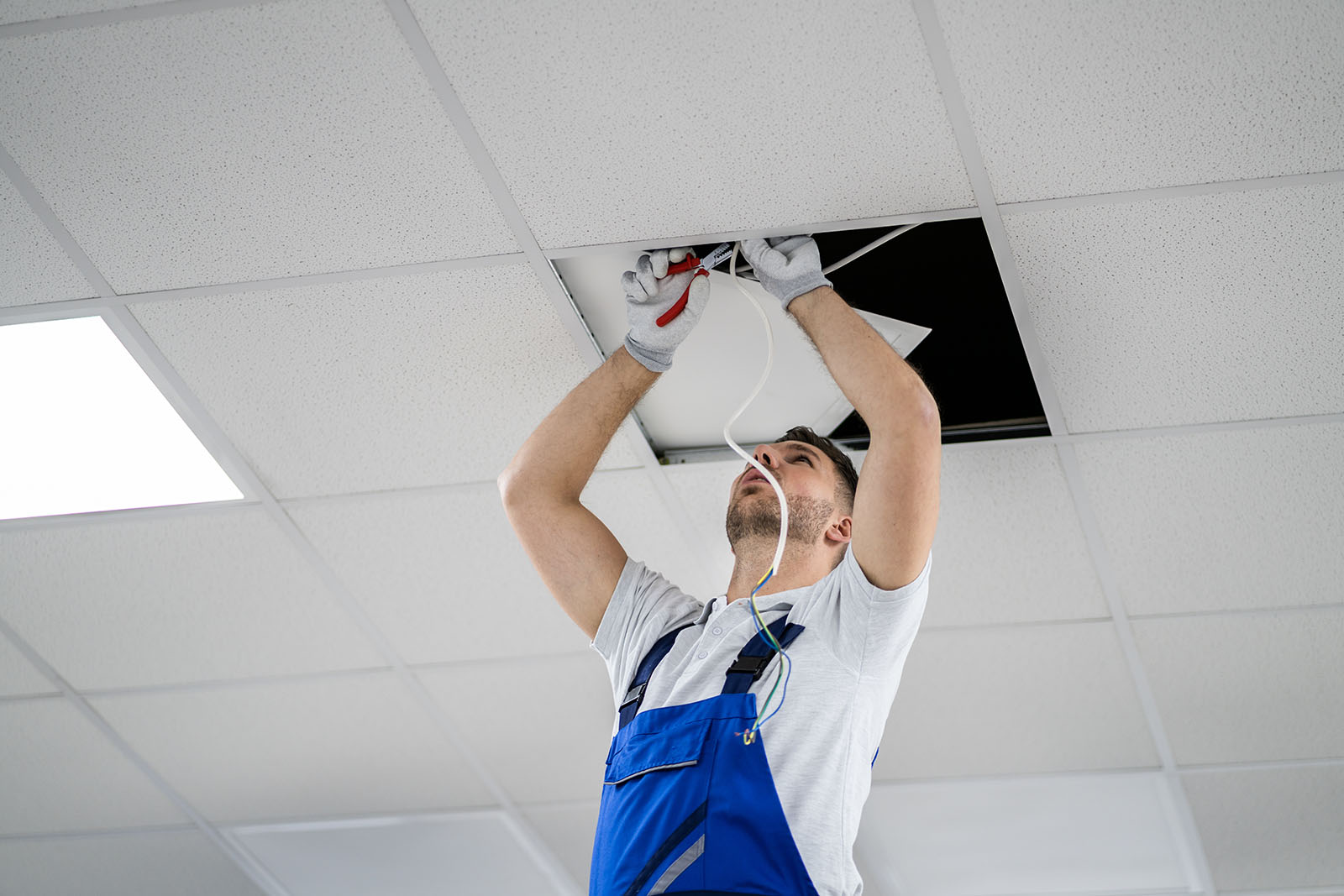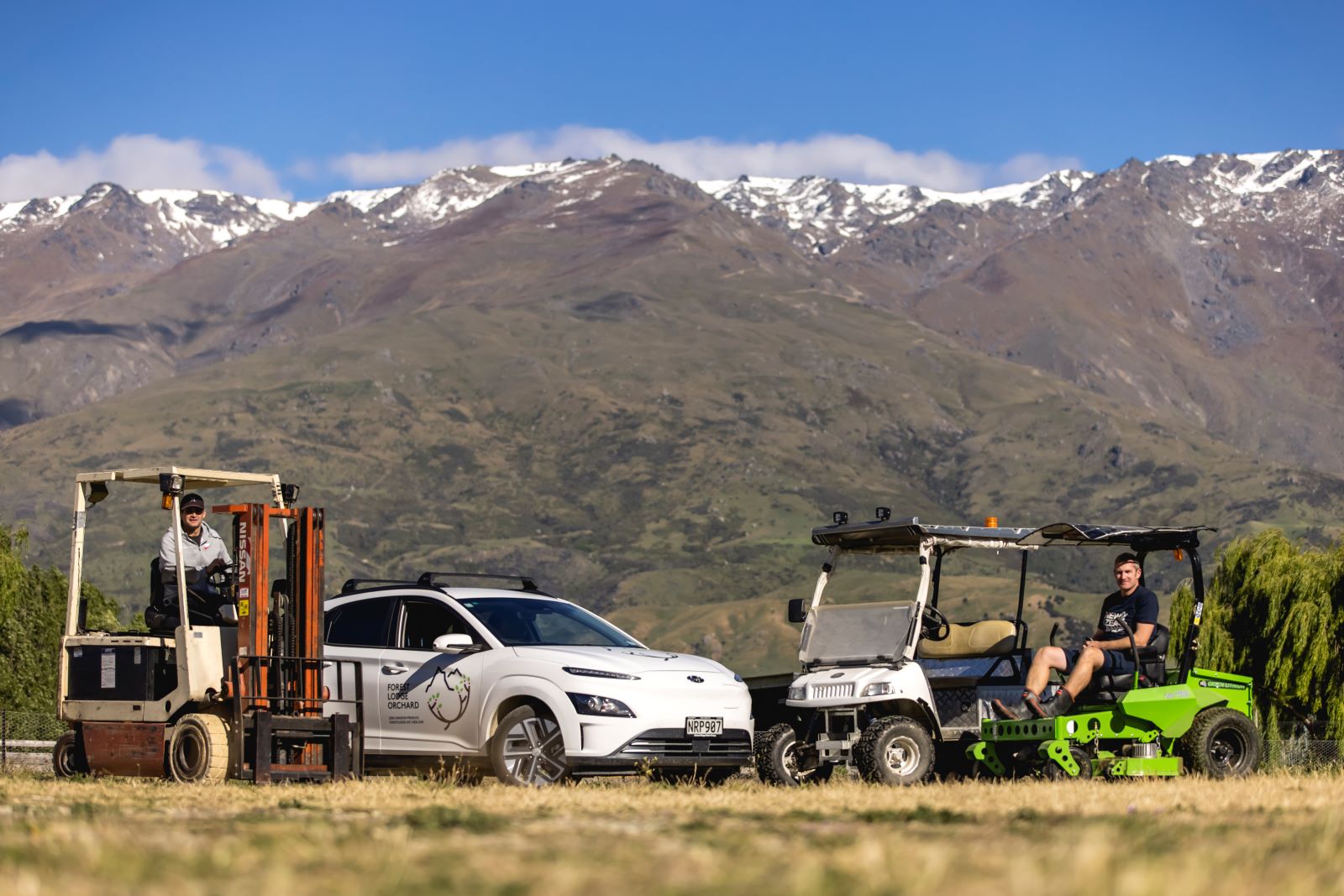For smaller businesses, going green may feel like a massive challenge, especially when budgets are tight. But getting started doesn't have to cost a fortune. In fact, you can reduce your business's carbon footprint and save money at the same time.
Here are five practical and budget-friendly strategies to make your business more climate-friendly.

1. Encourage your staff to commute sustainably more often
People driving to work is a significant contributor to climate change, with transport responsible for nearly half New Zealand’s energy-related emissions. Collectively we spend 146 million hours getting to work every year — most of that in cars, alone.1
Enabling your staff to reduce their car use and enjoy cheaper, low-stress commutes is an important part of your business’s sustainability strategy.
Research shows that just 30% of businesses provide secure bike parking and 24% provide showers and/or lockers, compared to 72% that provide carparking.2 If you currently pay for staff car parking, you could consider shifting some of that budget to upgrade facilities to support active commuting.
But promoting greener alternatives in your workplace doesn’t have to cost anything at all. Encourage your team to carpool, bike, or use public transportation if they can.
Offering flexible work hours or the option to work from home can also reduce the need for daily travel. Not only will this cut emissions, but it can also boost morale and productivity.
Check out some more ways you can promote sustainable travel at work, and download our toolkit with posters, quizzes and digital assets to help spread the word.

2. Upgrade to LED lighting
If your workplace still uses incandescent lights, T8 fluorescents, metal halide lamps or low voltage halogens, then upgrading to LEDs should be near the top of your emissions reduction to-do list. LEDs use up to 85% less energy than traditional incandescent bulbs which helps support the sustainability of our renewable electricity grid.
LEDs come in come in dozens of shapes and sizes to suit business environments – including spots, tubes and floodlights.
Switching to LEDs might require a small investment upfront, but the long-term savings are substantial. LEDs consume less energy, have a longer life span, and have lower maintenance costs. You could save up to $250 on electricity alone per lightbulb.3 Multiply that by the number of bulbs in the office and the savings can really stack up.

3. Make your next work vehicle an EV
Fossil fuels like petrol and diesel contribute to global warming, and cutting these out where possible will have an immediate impact on your business emissions profile – while reducing fuel costs significantly.
It costs the equivalent of 40c per litre (or $5 per 100km)4 to charge an EV from a private charger or power point, and with fewer moving parts, maintenance costs are much lower than for petrol or diesel powered cars. While they may cost a bit more up front, when you consider the total cost of ownership EVs come out cheaper.
Because our electricity grid is largely powered by renewable energy sources, plugging in to get your power results in far less emissions. So next time you’re in the market for a work vehicle – go electric.

4. Work smarter
Look for easy ways to save energy in the office and when doing business. Cutting back on business travel is one cost-saver that will help shrink your carbon footprint. Hold meetings online rather than face-to-face where possible, and when a business trip is necessary, try to get more done in one visit so you can travel less frequently and get more value out of the emissions cost.
Simple actions like turning off lights and equipment when not in use also cost nothing to implement but will save you money on your power bill. Around 40% of plug load is wasted from devices left plugged in and drawing power when not in use. Smart plugs are a low-cost investment that can automatically manage the power supplied to your devices – and collect the data so you can see how much you’re saving.
Consider your suppliers too – are you working with businesses that take climate action seriously? Ask about their sustainability credentials – are they are measuring emissions and actively reducing them? How can they help your business to operate in a low-emissions way?

5. Choose energy-efficient equipment
The less electricity you can use to get the job done, the better for both your power bills and the environment. By choosing efficient electric appliances, you get more bang for your buck and minimise the demand on our electricity grid – which makes us less reliant on fossil fuels to top up our electricity generation.
Use energy rating labels to choose kitchen appliances – fridges, freezers dishwashers, heat pumps, computer monitors, and TVs. Appliances with more stars run on less energy, generating fewer emissions.
Laptops are more efficient than desktop computers. All-in-one printers, scanners and copiers use half the energy that the individual products would use collectively.
Efficient appliance calculator
These are all low-cost or cost-saving actions that you can implement right away – or next time you need a new appliance or vehicle. Getting some quick wins under your belt can help build some momentum in your emissions reduction journey, especially when the cost savings become clear.
Read next
-
Building management systems
Consider a building management system (BMS) to monitor energy use and temperatures, and switch off equipment when it's not needed.
-
Use efficient office equipment
Save on power with efficient equipment and staff that watch out for wasted energy.
-
Measure your emissions
Understand the carbon footprint of your business and discover where you can make the most impact.
